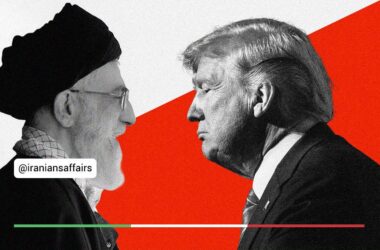The Russia-Ukraine war is one of the complex and influential challenges affecting global security. This conflict has not only caused widespread destruction but has also profoundly impacted global political and economic relations. All eyes are on Trump. He envisions himself as the mediator who maintains balance and security on Russia’s border with Europe. Trump seeks to adopt a pragmatic policy that, while supporting Ukraine, prevents escalation and lays the groundwork for peace and stability. Yet, there are challenges on this path, and it remains to be seen what choices he will make.
One of the key issues in handling the Ukraine crisis is determining the extent and nature of military support for the country. Trump could continue U.S. military aid to Ukraine only to the extent necessary to defend Ukraine’s territorial integrity—not beyond. By doing so, he would both strengthen Ukraine’s defensive power and ease concerns over escalating conflicts and war expansion. This approach sends a message to Russia that the United States is prepared to support its allies, but not necessarily interested in getting entangled in regional disputes—a strategy Putin has employed in recent years, trying to draw others into his ongoing conflict with Ukraine and, more broadly, the West.
Let us not forget that Putin had promised to take over Ukraine within days, and it was Western support that held Kyiv. Ukraine has relied on volunteers, its regular army, and internationally trained forces to make up for its human resource shortages against the “Russian bear.” Without this support, the speed and depth of this war would be on a different scale. It’s an old Russian strategy to rely on its abundant manpower for victory—something its rival lacks.
Alongside military support, Trump would leverage his relationships with global leaders and active diplomacy to create a space for negotiation. Trump’s policy would be based on “multilateral pressure” diplomacy, meaning that not only the involved parties but also influential regional and international actors would be pressured.
Trump would create room for mediation by empowering third-party countries like Turkey, France, and Germany on one hand, and some BRICS countries like India and Brazil on the other. Choosing these countries is significant because they have defined relations with both Russia and Ukraine and, in some aspects, operate more independently of U.S. and NATO policies. India, for instance, buys Russian oil at favorable prices and has long-standing military and technological cooperation with Russia. Turkey, as a NATO member with extensive interactions with Russia and as a country that has repeatedly shown it can be an effective mediator, could be a crucial partner in this alliance. Trump would try to gain Erdogan’s support and persuade him to enter the field, transferring some of the diplomatic burden and direct pressure on Russia to Turkey. He would follow a similar approach with France and Germany.
The Western world expects the U.S. not to abandon Ukraine, a heavy responsibility that the U.S. bears in supporting Ukraine. Trump must unite Europe around Ukraine’s territorial integrity so that everyone speaks with one voice in defending it. Putin’s occupation of parts of Ukraine is a dangerous precedent that could be repeated. It’s likely that Trump will pursue a policy of keeping Ukraine out of NATO, but Ukraine’s security and independence must be reinforced with strong international commitments, such as security guarantees from the U.S. and NATO.
While military aid to Ukraine continues, Trump could focus on humanitarian aid and reconstruction plans to help Ukraine strengthen its war-damaged infrastructure and economy. This aid could include investment in development projects, improving essential infrastructure, and supporting the return of Ukrainians to their homeland. Humanitarian and reconstruction efforts in Ukraine would also strengthen the country’s resistance to Russian influence and assure Ukrainians that America stands with them.
Although Trump opposes long-term sanctions, viewing them as ultimately weakening America, to control Putin and force Russia to negotiate, he would have no choice but to continue sanctions until further notice alongside a smart military support policy. These sanctions could include expanding economic restrictions on Russia’s key industries, financial sanctions against institutions and individuals linked to Putin’s government, and restrictions on international trade. Such measures signal to Russia that “continuing” its aggression in Ukraine will have serious consequences for its economy and international standing.
By combining these measures, Trump could adopt a pragmatic approach that supports Ukraine against Putin’s military aggression while minimizing the risk of escalating the crisis. This strategy would enable Ukraine to resist Russian pressure with stronger defenses and show that the international community stands behind it. However, this support would be designed to prevent conflict escalation and signal to Russia that America seeks not war but the defense of Ukraine’s territorial integrity and international norms.
This policy would open a path to negotiation; targeted military support, high economic pressure through smart sanctions, and an invitation to diplomacy. Here, balancing financial and military aid to Ukraine is key. Putin should not be able to intensify his operations on any front; Putin’s card of using energy as a pressure tool must be rendered ineffective; Putin’s network of forces in the Middle East and Eastern Europe, including political allies aligned with him, must be significantly weakened; and his ability to conduct security and espionage activities in these countries, especially in Ukraine, should be minimized. Under these conditions, Trump could secure a victory in this struggle. We’ll have to wait and see what choices Trump makes on this challenging path.







